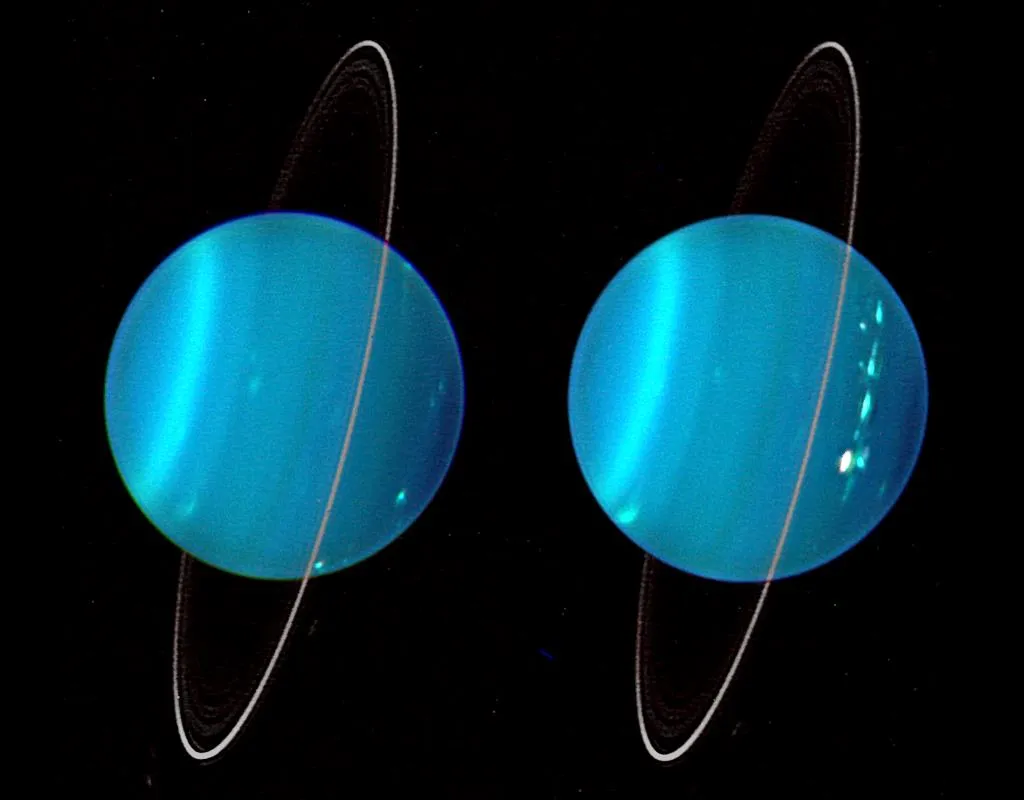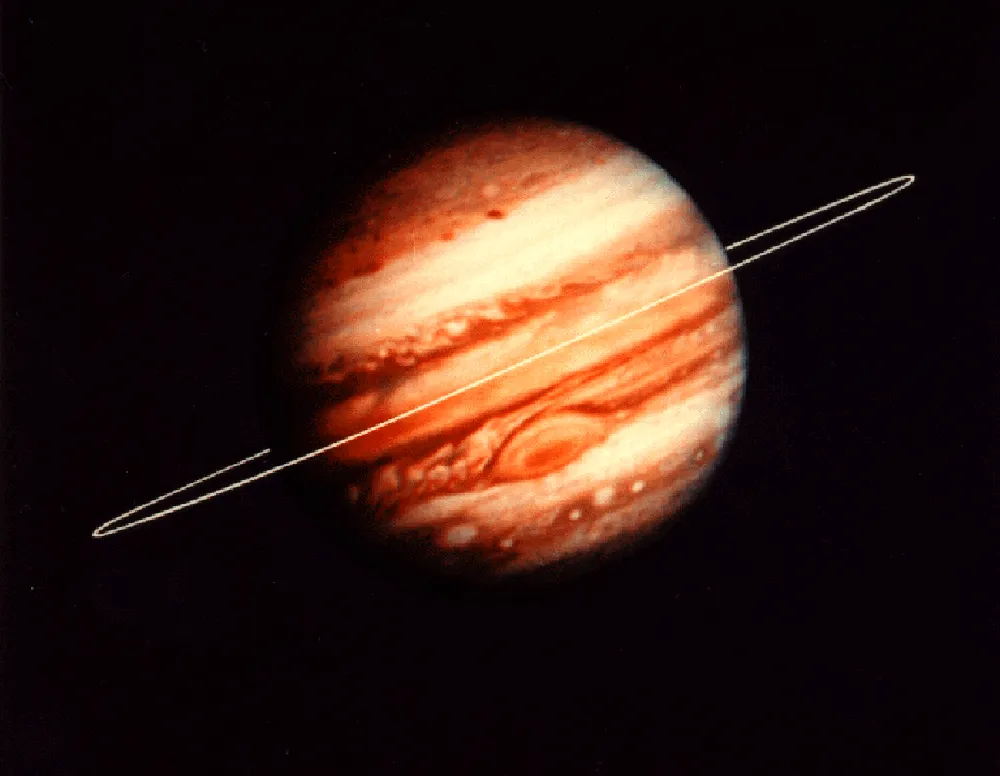Why can’t we observe planetary rings other than Saturn’s?
We know that Jupiter has rings, for example, so why aren't there any amateur astrophotographer images of the Jovian ring system?
The answer is simple: Saturn’s ring system is the only one substantial enough to be visible through the eyepiece of an average amateur telescope.
This is because Saturn’s rings are composed of countless highly reflective particles, while the components of the other ring systems are narrower and made up of less reflective matter.

Moreover, Uranus and Neptune are much further away than Saturn, so their narrow rings are just a few arcseconds across in the night sky.
Even Saturn’s rings disappear for a short while when they are presented exactly edge-on to us at every half-orbit of Saturn (every 15 years).
Jupiter’s rings were discovered by the Voyager 1 spaceprobe in 1979.

Uranus’s rings were discovered in 1977 when a star due to be occulted by the planet winked on and off as the narrow rings produced a series of occultations on either side.
Occultation studies during the 1980s also provided evidence for Neptune’s ring system.
Since Uranus and Neptune occult stars bright enough to be visible through amateur telescopes, there are opportunities to observe occultations by their ring systems.
This guide originally appeared in the May 2006 issue of BBC Sky at Night Magazine.
